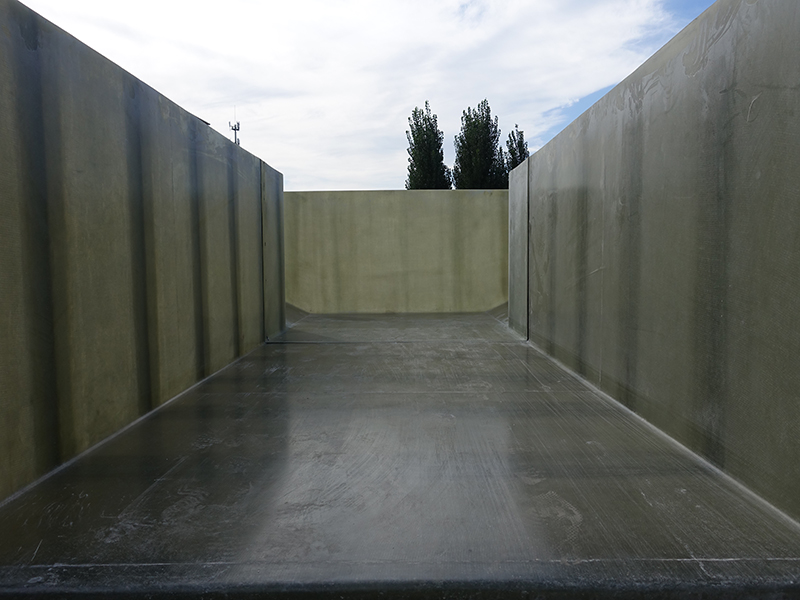
-
 Afrikaans
Afrikaans -
 Albanian
Albanian -
 Amharic
Amharic -
 Arabic
Arabic -
 Armenian
Armenian -
 Azerbaijani
Azerbaijani -
 Basque
Basque -
 Belarusian
Belarusian -
 Bengali
Bengali -
 Bosnian
Bosnian -
 Bulgarian
Bulgarian -
 Catalan
Catalan -
 Cebuano
Cebuano -
 China
China -
 China (Taiwan)
China (Taiwan) -
 Corsican
Corsican -
 Croatian
Croatian -
 Czech
Czech -
 Danish
Danish -
 Dutch
Dutch -
 English
English -
 Esperanto
Esperanto -
 Estonian
Estonian -
 Finnish
Finnish -
 French
French -
 Frisian
Frisian -
 Galician
Galician -
 Georgian
Georgian -
 German
German -
 Greek
Greek -
 Gujarati
Gujarati -
 Haitian Creole
Haitian Creole -
 hausa
hausa -
 hawaiian
hawaiian -
 Hebrew
Hebrew -
 Hindi
Hindi -
 Miao
Miao -
 Hungarian
Hungarian -
 Icelandic
Icelandic -
 igbo
igbo -
 Indonesian
Indonesian -
 irish
irish -
 Italian
Italian -
 Japanese
Japanese -
 Javanese
Javanese -
 Kannada
Kannada -
 kazakh
kazakh -
 Khmer
Khmer -
 Rwandese
Rwandese -
 Korean
Korean -
 Kurdish
Kurdish -
 Kyrgyz
Kyrgyz -
 Lao
Lao -
 Latin
Latin -
 Latvian
Latvian -
 Lithuanian
Lithuanian -
 Luxembourgish
Luxembourgish -
 Macedonian
Macedonian -
 Malgashi
Malgashi -
 Malay
Malay -
 Malayalam
Malayalam -
 Maltese
Maltese -
 Maori
Maori -
 Marathi
Marathi -
 Mongolian
Mongolian -
 Myanmar
Myanmar -
 Nepali
Nepali -
 Norwegian
Norwegian -
 Norwegian
Norwegian -
 Occitan
Occitan -
 Pashto
Pashto -
 Persian
Persian -
 Polish
Polish -
 Portuguese
Portuguese -
 Punjabi
Punjabi -
 Romanian
Romanian -
 Russian
Russian -
 Samoan
Samoan -
 Scottish Gaelic
Scottish Gaelic -
 Serbian
Serbian -
 Sesotho
Sesotho -
 Shona
Shona -
 Sindhi
Sindhi -
 Sinhala
Sinhala -
 Slovak
Slovak -
 Slovenian
Slovenian -
 Somali
Somali -
 Spanish
Spanish -
 Sundanese
Sundanese -
 Swahili
Swahili -
 Swedish
Swedish -
 Tagalog
Tagalog -
 Tajik
Tajik -
 Tamil
Tamil -
 Tatar
Tatar -
 Telugu
Telugu -
 Thai
Thai -
 Turkish
Turkish -
 Turkmen
Turkmen -
 Ukrainian
Ukrainian -
 Urdu
Urdu -
 Uighur
Uighur -
 Uzbek
Uzbek -
 Vietnamese
Vietnamese -
 Welsh
Welsh -
 Bantu
Bantu -
 Yiddish
Yiddish -
 Yoruba
Yoruba -
 Zulu
Zulu
Optimize Your FRP Process with Effective Steps and Strategies for Enhanced Performance
Understanding FRP Steps A Comprehensive Guide
Fiber Reinforced Polymer (FRP) composites have revolutionized the construction and manufacturing industries due to their high strength-to-weight ratio, corrosion resistance, and flexibility in design. In this article, we delve into the essential steps involved in the use and implementation of FRP materials, providing a clear understanding for engineers, architects, and contractors.
Step 1 Material Selection
The first step in utilizing FRP is selecting the appropriate type of fiber and resin. FRP can be made from various fibers such as glass, carbon, aramid, or basalt, each having its unique properties and applications. Glass fiber is known for its cost-effectiveness and good mechanical properties, making it a popular choice for many applications. Carbon fiber, while more expensive, offers superior strength and stiffness, ideal for high-performance applications. The choice of resin—epoxy, vinyl ester, or polyester—also plays a crucial role in determining the composite's durability and performance, especially in harsh environmental conditions.
Step 2 Design and Analysis
Once the materials are chosen, the next step involves the design of the FRP component or structure. Engineers must perform detailed calculations and simulations to ensure that the design meets the necessary load requirements and complies with relevant building codes. Finite Element Analysis (FEA) is often employed during this phase to predict how the FRP will behave under various loads and environmental conditions. This step ensures that the design is not only functional but also safe and economical.
Step 3 Manufacturing Process
The manufacturing of FRP components can be approached through several methods, including hand layup, vacuum infusion, and automated processes like pultrusion. The choice of manufacturing technique depends on factors such as the complexity of the part, production volume, and budget constraints. For instance, hand layup is suitable for small batches and complex shapes, while pultrusion is ideal for producing long, uniform profiles efficiently. Quality control during this phase is vital to ensure consistency and performance of the final product.
frp step

Step 4 Installation and Construction
With components manufactured, the next step is installation. FRP materials are surprisingly lightweight compared to traditional materials, which can lead to easier handling and reduced labor costs during construction. Proper installation techniques must be followed to ensure the structural integrity and performance of the FRP components. This may include bonding methods like epoxy adhesives or mechanical fasteners depending on the specific application. Additionally, care must be taken to protect the exposed surfaces of FRP during installation to prevent any damage.
Step 5 Testing and Quality Assurance
Before the final implementation of an FRP system, rigorous testing and quality assurance are essential. This can involve destructive and non-destructive testing methods to evaluate mechanical properties, adhesion, and overall reliability. Standard tests include tensile strength, flexural strength, and impact resistance assessments. Additionally, certifications and compliance with industry standards should be verified to ensure that the materials and construction methods meet safety regulations.
Step 6 Maintenance and Monitoring
After installation, maintaining and monitoring the FRP structure is crucial for its longevity and performance. Although FRP is resistant to corrosion, it is still important to conduct regular inspections to identify any potential issues such as delamination or cracks. Employing advanced monitoring technologies, including sensors and visual inspection techniques, can help in the early identification of structural concerns. Moreover, developing a maintenance plan geared towards the specific environment and usage conditions of the FRP structure can significantly extend its lifespan.
Conclusion
The use of Fiber Reinforced Polymer materials offers numerous advantages across various applications, from infrastructure to aerospace. By following the essential steps—material selection, design and analysis, manufacturing, installation, testing, and maintenance—professionals can ensure successful implementation and performance of FRP composites. As technology advances, FRP continues to evolve, presenting exciting opportunities for innovation in design and construction techniques. Understanding these fundamental steps is key to harnessing the full potential of FRP materials in today's demanding environment.









